Congratulations to Gabriel Scarlett and Shaban Athuman on winning National Press Photographers Foundation scholarships. Gabriel won the Jimi Lott Scholarship and Shaban won the NPPF Still & Multimedia Scholarship, both for $2,000.
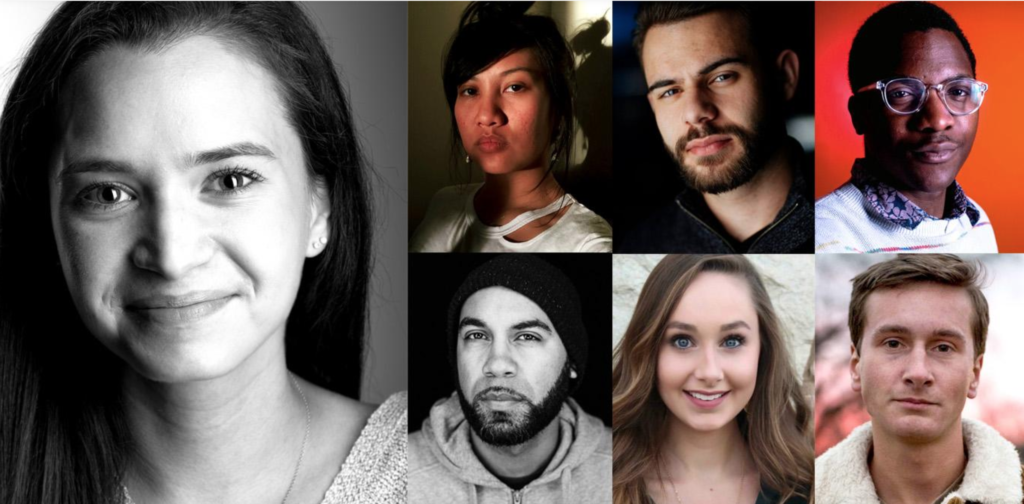
Congratulations to Gabriel Scarlett and Shaban Athuman on winning National Press Photographers Foundation scholarships. Gabriel won the Jimi Lott Scholarship and Shaban won the NPPF Still & Multimedia Scholarship, both for $2,000.

What: WKU Photojournalism Career Day
When: Friday, Feb. 23, 9 a.m. until mid to late afternoon. Roundtable discussion – 12:30-1:30
Where: PJ lab 127
Career Day #14 will be on Feb. 23, and is available to ALL PJ majors and minors! This is a chance to meet with several professionals in one day, show your work, and begin the all-important process of making contacts for future internships, jobs and freelance opportunities.
College GeekFest is coming to WKU March 23-24 for a workshop full of speakers, a shootout, and a print trade. The event is free and open to everyone, thanks to the folks at A Photo a Day.
Saturday 10-1p.m- Guest speakers will present
We will have a shootout Saturday afternoon in the community, and return for free pizza and small group edits.
More information is available on the Facebook event page, at https://www.facebook.com/events/759827324223309/.
Bosnia and Herzegovina: Then and Now
A Visual Exploration of a Country in Change
Over 50 photographs by Lara Ciarabellini, Amel Emric, James H. Kenney, Jr., Jose Lopez, Matt Lutton, Dijana Muminovic, Roger M. Richards and Andy Spyra will be on display January 31 – April 13 exploring the people and places of Bosnia and Herzegovina since the start of the war in 1992 until today.
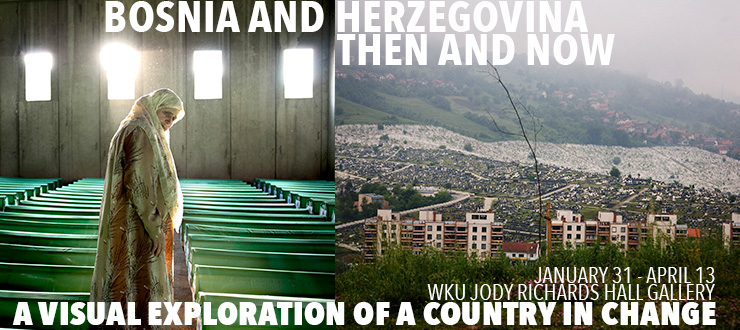
On display January 31 – April 13
Gallery Hours
Sunday | 4:00PM – 9:00PM
Monday – Thursday | 9:00AM – 9:00 PM
Friday | 9:00AM – 5:00PM
Closed when WKU is not in session
Lara Ciarabellini
Lara Ciarabellini is an Italian photographer currently shooting between Trieste (Italy), Sarajevo and Rio de Janeiro. She received a Master degree in Photojournalism and Documentary Photography, at London College of Communication, University of Arts, in 2012. Her research “A visual comparison of Yugoslavian National Liberation War Movies” will be part of the Research Centre NAM at LCC. Ciarabellini’s work titled Bosnia: If chaos awakens the madness was a finalist in The Aftermath Project 2011 and work of hers has been exhibited at Nursery Gallery – London, at Savignano OFF Festival 2013, at AFFGallery – Berlin, at Officine Fotografiche – Rome, at National Scientific Library – Tbilisi, and at The Library Project – Dublin, Galerija Hran – Sarajevo, Fodar Biennal – Pleven.Cariocas in Olympia has been exhibited at Kaunas Festival in Lithuania.
Amel Emric
Photographer Amel Emric provides a uniquely intimate view into the lives of refugees fleeing ethnic cleansing in Bosnia-Herzegovina. He has taken some of the most iconic photographs of the aftermath of Srebrenica, with the mourners pictured amongst the rows of coffins and headstones. Emric’s photographs from during the campaign of ethnic cleansing from 1992-1995, when refugees were fleeing for their lives, finding themselves in the most desperate situations with what few possessions they had saved, are powerful reminders that give a very intimate insight into the lives of those caught up in the horrific events leading up to the worst atrocity on European soil since World War Two.
James H. Kenney, Jr.
Professor James H. Kenney received his bachelor’s degree from California State University, Fresno, and his master’s degree from Syracuse University. He has taught at Western Kentucky University since 1993 and has been the coordinator of the photojournalism program since 2001. Kenney has taught courses in photojournalism, multimedia, design and picture editing. He is also the director of the Mountain Workshops. He received the WKU Teaching Award in 2001.
Kenney was a photographer and photography editor for newspapers in Las Vegas, Nevada, before entering the teaching profession. He has spent his summers photographing projects in China, Thailand, Vietnam, Mongolia, Nigeria and Jamaica. He spent a summer as a photographer for the Lexington Herald-Leader and worked a summer for National Geographic in their faculty fellowship program.
In 2012, Kenney made three trips to Haiti for a documentary project that was part of his sabbatical. He has been photographing the Tennessee Titans NFL home football games for the Associated Press since 2015. In 2017, Kenney traveled to Bosnia and Herzegovina to document the people of this country 20 years after the end of the Bosnian War.
Some of Kenney’s professional credits include still photography and multimedia awards in the Best of Photojournalism contests, a multimedia award in the Pictures of the Year International contest, a Best of Show in the Southern Short Course, AEJMC’s First Prize in its Creative Project Competition and multiple awards in the Kentucky Newspaper Photographers Association’s Photographer of the Year contest.
Jose Lopez
As a professional photojournalist, Jose Lopez had the great pleasure of covering major historical events and news stories from three Presidential administrations, the end of the Bosnian conflict, Super Bowls and Olympic games to the small but powerful stories of daily life. As a picture editor, he has guided the work of the world’s best in a collaborative effort, working together to place them at the right place at the right time — allowing their talent to capture the moment. Each role is essential to effectively communicating each story. Lopez has been in the industry all his life, 31 one of those years at The New York Times (16 years as a staff photographer; 15 years as a picture editor). He was member of the picture editing team that won both Pulitzers in 2002 for the Times coverage of the 9-11 attacks.
Matt Lutton
Matt Lutton is an American photographer who splits his time between his hometown of Seattle, WA and Belgrade, Serbia. He has photographed for a diversity of publications from The New York Times, the Wall Street Journal, Vice Magazine, the Financial Times and 2012 Magazine.
Dijana Muminovic
Dijana Muminovic, a Bosnian-American award-winning documentary photographer who, for the past eight years, has been telling stories of immigration, human rights, and people of Bosnia and Herzegovina who are still living in the aftermath of war. Most recently, she has been documenting the migrant crisis in Croatia. In the past three years, Muminovic has produced photo essays to reflect on the philanthropic work by the Sanela Diana Jenkins Foundation. Muminovic has her Masters from Ohio University and her B.A. in photojournalism from Western Kentucky University.
Roger M. Richards
Based in Norfolk, Virginia, Roger M. Richards works in nonfiction, fiction and commercial film production, photojournalism/documentary photography and multimedia production for magazine, newspaper, commercial, TV and motion picture clients. His work has ranged from coverage of the White House in Washington, DC to conflict zones around the world, including the disintegration of Yugoslavia (particularly the wars in Croatia and Bosnia and the 44 month siege of Sarajevo), the civil wars in Nicaragua, El Salvador, the US invasion of Panama, the guerrilla and narco-conflict in Colombia, political and social issues in Haiti and Peru, and the search for peace between the Israelis and the Palestinians.
Richards was a founding Senior Producer and Director of Photography with The Drew Carey Project at ReasonTV from December 2007 to November 2009. Prior to that he was Multimedia Editor/Producer, photo editor and staff photographer for The Virginian-Pilot newspaper in Norfolk, Virginia from 2001 to 2007. At the Pilot he helped pioneer Hamptonroads.tv, the first newspaper video portal in the world. He is a former Associated Press photo bureau chief in Bogotá, Colombia, and was a staff photographer at the Washington Times in Washington, DC, from 1997-2000.
His films have screened in cinemas and at many film festivals and alternate venues like as universities and schools. As a director, his first feature documentary “Sarajevo Roses-A Cinematic Essay” has been seen by audiences in Europe and the USA, including a special event screening for lawmakers at the European Parliament in Brussels and at the 2016 Sarajevo Film Festival, the leading film festival in southeast Europe. On television, his work has been broadcast on several TV networks, including ABC, NBC, FOX and the National Geographic Channel.
Andy Spyra
Andy Spyra, born 1984 in Hagen, Germany, is a freelance photographer currently based in Dortmund, Germany. He worked one year as a freelance photographer for a local newspaper in his hometown Hagen before he started to study photography at the Fachhochschule Hannover until the beginning of 2009, when he quit his studies. Besides assignments, he’s working on personal long-term projects in the Balkans and the Middle East.
The #14 WKUPJ Career Day is shaping up nicely.
Make plans to participate in this special day of interaction with members of the photojournalism world. This is a chance to meet with several professionals in one day, show your work and begin the all-important process of making contacts for future internships, jobs, and freelance opportunities.
Though it is not the main purpose of this event, participation has led to many internships and other employment opportunities over the years. More important than this, it is an opportunity to make several contacts within the profession you have chosen to pursue, so you need to commit to getting involved no matter what level you are in our program.
The list members to appear are:
During her internship, WKUPJ student Srijita Chattopadhyay followed a Rohingya refugee family as they observed 40-days of mourning after the accidental death of their son.
The original story can be seen in the San Antonio Express-News
https://www.expressnews.com/40-days-mourning-photo-essay/?cmpid=gsa-mysa-result
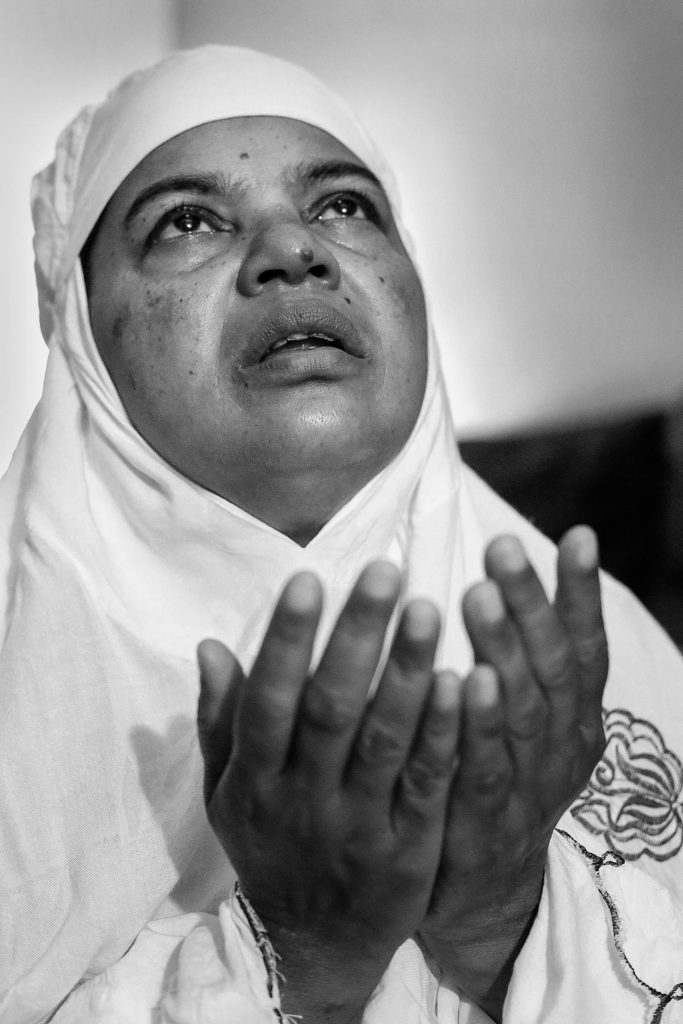
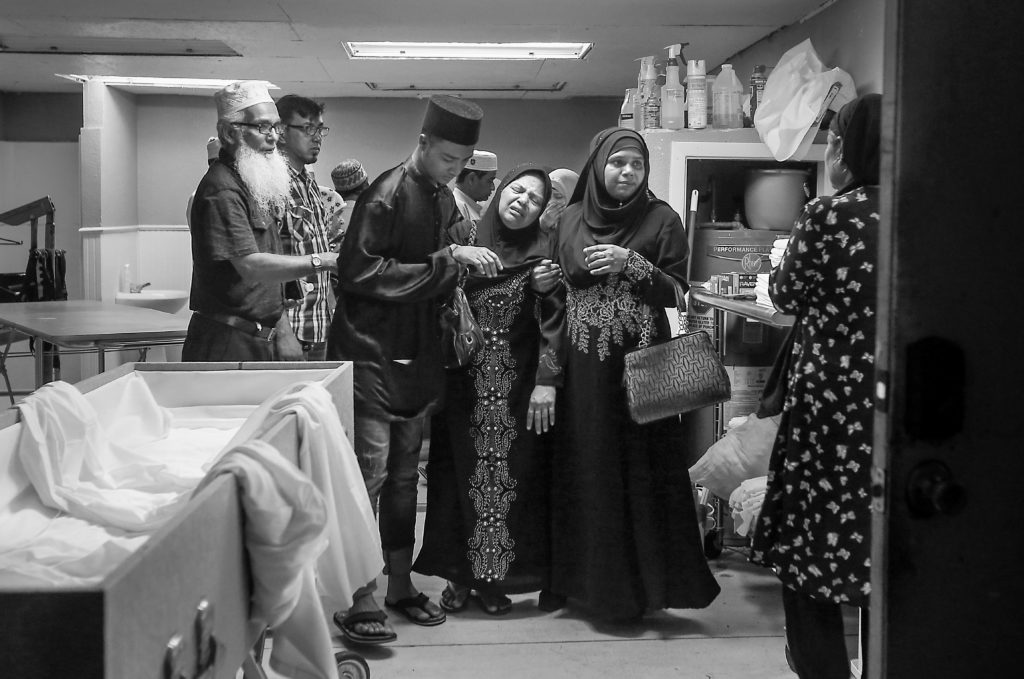
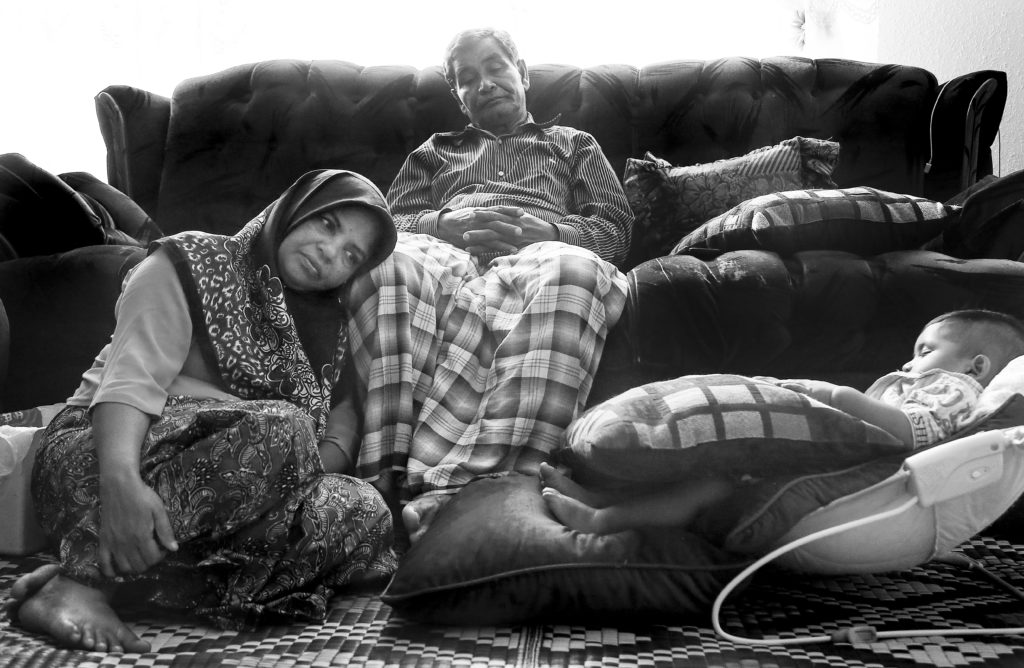
While interning for The Denver Post in the summer of 2017, WKUPJ student Gabriel Scarlett began traveling to Pueblo, Colorado, a rust belt town known for its gang culture. His ongoing essay focuses on the community’s resilience.
A full essay can be viewed on his website
http://www.gabrielscarlett.com/their-eyes-on-high#1
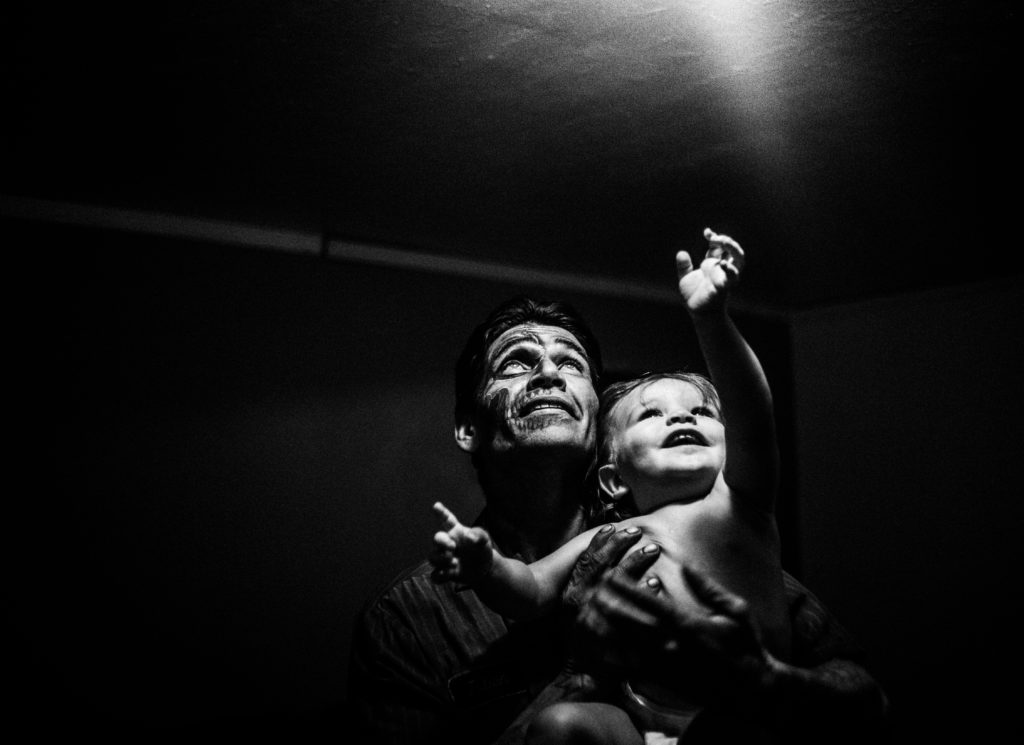
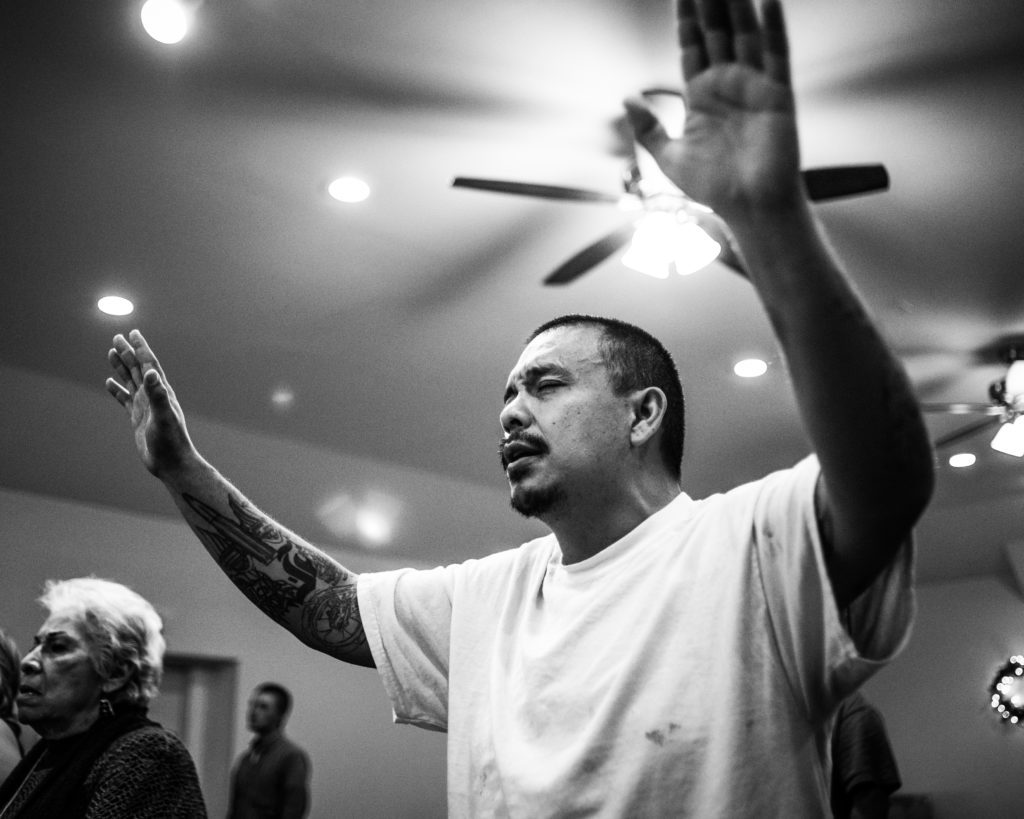
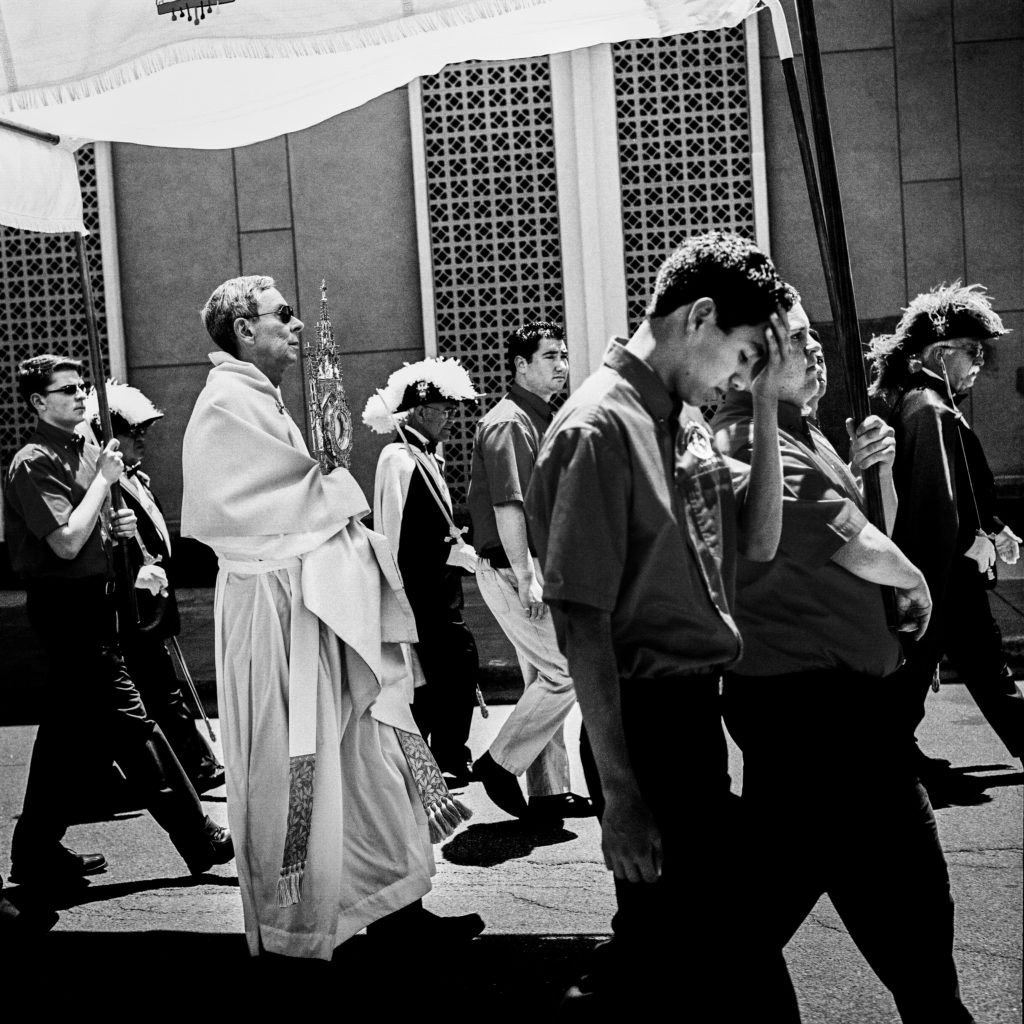
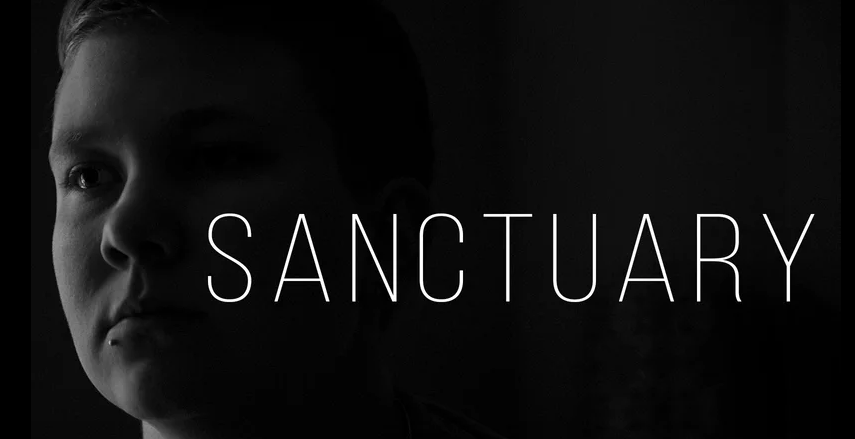
Deafening silence and agonizing pain were constant companions to Brandon Spaulding.
Living life was a chore.
The sudden embrace of suicide looked beautiful, many a time.
But, there was more to life after all.
The School of Journalism & Broadcasting is excited to announce the opening of a photographic exhibition AND a documentary film screening.
Jody Richards Hall (MMTH)
1666 Normal Dr.
Western Kentucky University
Bowling Green, KY
Jody Richards Hall (MMTH) Atrium: 6:00 pm
Light refreshments will be served
Bosnia and Herzegovina: Then and Now
A Visual Exploration of a Country in Change
Over 50 photographs by Lara Ciarabellini, Amel Emric, James H. Kenney, Jr., Jose Lopez, Matt Lutton, Dijana Muminovic, Roger M. Richards and Andy Spyra will be on display January 31 – April 13 exploring the people and places of Bosnia and Herzegovina since the start of the war in 1992 until today.
Jody Richards Hall Auditorium: 7:30 pm
Sarajevo Roses: A Cinematic Essay
Directed by Roger M. Richards
The film’s director Roger M. Richards, an award-winning filmmaker and two-time Pulitzer Prize nominated photojournalist who was in Sarajevo at the height of the conflict and has witnessed and filmed its restoration on numerous returns––and who is thus uniquely positioned to share the tragedy’s impact on a great people and a very special place, will lead a post-film discussion.
The documentary screening, presented by WKU’s International Year Of program, is a WKU “swipable” event, free and open to the public. No parking pass is required after 4:30 pm at the Chestnut Street lot just three blocks from JRH. DIRECTIONS
For more information, please contact Tim Broekema at tim.broekema@wku.edu
What happens when a modern society implodes?
Imagine waking up to find society collapsed: stores shuttered, electricity and water shut off, no food or medicine, neighbors become enemies and fighting in the streets.
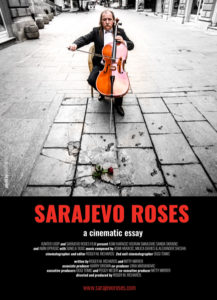 That’s what happened in the city of Sarajevo, only eight years after hosting the 1984 Winter Olympic games.
That’s what happened in the city of Sarajevo, only eight years after hosting the 1984 Winter Olympic games.
These are stories of Sarajevo: a surgeon turned psychiatrist to understand and heal his PTSD; a tuxedo-clad cellist playing for the dead at massacre sites; a young woman immortalized in a photograph as she flees a sniper’s bullet; and children struggling to survive in an or
phanage near the frontline.
When Josip Broz, aka Tito, the benevolent dictator of the federation of Yugoslavia, died on May 4, 1980, nobody had an inkling of the bloodshed and ruin to come. In early 1992, a referendum on independence took Bosnia down the path to war.
During the four-year siege of the Bosnian capital of Sarajevo, the longest of the 20th century, hundreds of thousands of artillery, mortar and tank shells were fired into the city from the surrounding hills. As each exploded, it left a crater in concrete resembling a flower. Citizens stoically painted these “pavement petals” red and called them “Sarajevoroses.” Some remain today, fading reminders of innocent blood that was spilled on these streets, in this once all-embracing city. The Sarajevo “rose” represents the impact of the war on the lives of these individuals and all citizens of Sarajevo.
At its heart, “Sarajevo Roses” is a meditation on the search for inner peace and recovery after experiencing PTSD from the horrors of war; how the neighbor next door is capable of committing the most inhuman acts; and personal testimony that love, and living fully in the present, are the best we can hope for as human beings. Important lessons for a troubled world.

On display January 31 – April 13
Gallery Hours
Sunday | 4:00PM – 9:00PM
Monday – Thursday | 9:00AM – 9:00 PM
Friday | 9:00AM – 5:00PM
Closed when WKU is not in session
Lara Ciarabellini
Lara Ciarabellini is an Italian photographer currently shooting between Trieste (Italy), Sarajevo and Rio de Janeiro. She received a Master degree in Photojournalism and Documentary Photography, at London College of Communication, University of Arts, in 2012. Her research “A visual comparison of Yugoslavian National Liberation War Movies” will be part of the Research Centre NAM at LCC. Ciarabellini’s work titled Bosnia: If chaos awakens the madness was a finalist in The Aftermath Project 2011 and work of hers has been exhibited at Nursery Gallery – London, at Savignano OFF Festival 2013, at AFFGallery – Berlin, at Officine Fotografiche – Rome, at National Scientific Library – Tbilisi, and at The Library Project – Dublin, Galerija Hran – Sarajevo, Fodar Biennal – Pleven.Cariocas in Olympia has been exhibited at Kaunas Festival in Lithuania.
Amel Emric
Photographer Amel Emric provides a uniquely intimate view into the lives of refugees fleeing ethnic cleansing in Bosnia-Herzegovina. He has taken some of the most iconic photographs of the aftermath of Srebrenica, with the mourners pictured amongst the rows of coffins and headstones. Emric’s photographs from during the campaign of ethnic cleansing from 1992-1995, when refugees were fleeing for their lives, finding themselves in the most desperate situations with what few possessions they had saved, are powerful reminders that give a very intimate insight into the lives of those caught up in the horrific events leading up to the worst atrocity on European soil since World War Two.
James H. Kenney, Jr.
Professor James H. Kenney received his bachelor’s degree from California State University, Fresno, and his master’s degree from Syracuse University. He has taught at Western Kentucky University since 1993 and has been the coordinator of the photojournalism program since 2001. Kenney has taught courses in photojournalism, multimedia, design and picture editing. He is also the director of the Mountain Workshops. He received the WKU Teaching Award in 2001.
Kenney was a photographer and photography editor for newspapers in Las Vegas, Nevada, before entering the teaching profession. He has spent his summers photographing projects in China, Thailand, Vietnam, Mongolia, Nigeria and Jamaica. He spent a summer as a photographer for the Lexington Herald-Leader and worked a summer for National Geographic in their faculty fellowship program.
In 2012, Kenney made three trips to Haiti for a documentary project that was part of his sabbatical. He has been photographing the Tennessee Titans NFL home football games for the Associated Press since 2015. In 2017, Kenney traveled to Bosnia and Herzegovina to document the people of this country 20 years after the end of the Bosnian War.
Some of Kenney’s professional credits include still photography and multimedia awards in the Best of Photojournalism contests, a multimedia award in the Pictures of the Year International contest, a Best of Show in the Southern Short Course, AEJMC’s First Prize in its Creative Project Competition and multiple awards in the Kentucky Newspaper Photographers Association’s Photographer of the Year contest.
Jose Lopez
As a professional photojournalist, Jose Lopez had the great pleasure of covering major historical events and news stories from three Presidential administrations, the end of the Bosnian conflict, Super Bowls and Olympic games to the small but powerful stories of daily life. As a picture editor, he has guided the work of the world’s best in a collaborative effort, working together to place them at the right place at the right time — allowing their talent to capture the moment. Each role is essential to effectively communicating each story. Lopez has been in the industry all his life, 31 one of those years at The New York Times (16 years as a staff photographer; 15 years as a picture editor). He was member of the picture editing team that won both Pulitzers in 2002 for the Times coverage of the 9-11 attacks.
Matt Lutton
Matt Lutton is an American photographer who splits his time between his hometown of Seattle, WA and Belgrade, Serbia. He has photographed for a diversity of publications from The New York Times, the Wall Street Journal, Vice Magazine, the Financial Times and 2012 Magazine.
Dijana Muminovic
Dijana Muminovic, a Bosnian-American award-winning documentary photographer who, for the past eight years, has been telling stories of immigration, human rights, and people of Bosnia and Herzegovina who are still living in the aftermath of war. Most recently, she has been documenting the migrant crisis in Croatia. In the past three years, Muminovic has produced photo essays to reflect on the philanthropic work by the Sanela Diana Jenkins Foundation. Muminovic has her Masters from Ohio University and her B.A. in photojournalism from Western Kentucky University.
Roger M. Richards
Based in Norfolk, Virginia, Roger M. Richards works in nonfiction, fiction and commercial film production, photojournalism/documentary photography and multimedia production for magazine, newspaper, commercial, TV and motion picture clients. His work has ranged from coverage of the White House in Washington, DC to conflict zones around the world, including the disintegration of Yugoslavia (particularly the wars in Croatia and Bosnia and the 44 month siege of Sarajevo), the civil wars in Nicaragua, El Salvador, the US invasion of Panama, the guerrilla and narco-conflict in Colombia, political and social issues in Haiti and Peru, and the search for peace between the Israelis and the Palestinians.
Richards was a founding Senior Producer and Director of Photography with The Drew Carey Project at ReasonTV from December 2007 to November 2009. Prior to that he was Multimedia Editor/Producer, photo editor and staff photographer for The Virginian-Pilot newspaper in Norfolk, Virginia from 2001 to 2007. At the Pilot he helped pioneer Hamptonroads.tv, the first newspaper video portal in the world. He is a former Associated Press photo bureau chief in Bogotá, Colombia, and was a staff photographer at the Washington Times in Washington, DC, from 1997-2000.
His films have screened in cinemas and at many film festivals and alternate venues like as universities and schools. As a director, his first feature documentary “Sarajevo Roses-A Cinematic Essay” has been seen by audiences in Europe and the USA, including a special event screening for lawmakers at the European Parliament in Brussels and at the 2016 Sarajevo Film Festival, the leading film festival in southeast Europe. On television, his work has been broadcast on several TV networks, including ABC, NBC, FOX and the National Geographic Channel.
Andy Spyra
Andy Spyra, born 1984 in Hagen, Germany, is a freelance photographer currently based in Dortmund, Germany. He worked one year as a freelance photographer for a local newspaper in his hometown Hagen before he started to study photography at the Fachhochschule Hannover until the beginning of 2009, when he quit his studies. Besides assignments, he’s working on personal long-term projects in the Balkans and the Middle East.
Conveniently located in Nashville this year!
Every year, the Southwestern Photojournalism Conference provides the opportunity for photographers all around the world to interact and engage with professionals who believe photojournalism is a calling and the act of bearing witness is important. We look forward to a time of learning, growing and fellowshipping with one another.